-

Active intelligent terahertz electro-optic modulator has been successfully developed
Last year, the team of Sheng Zhigao, a researcher at the High Magnetic Field Center of the Hefei Institute of Physical Sciences, Chinese Academy of Sciences, developed an active and intelligent terahertz electro-optic modulator relying on the steady-state high magnetic field experimental device. ...Read More -
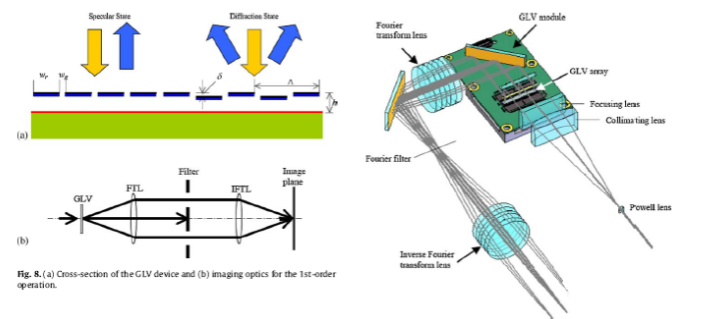
Basic principle of Optical modulator
Optical modulator, used to control the intensity of light, classification of electro-optic, thermooptic, acoustooptic, all optical, basic theory of electro-optic effect. Optical modulator is one of the most important integrated optical devices in high-speed and short-range optical communication. ...Read More -
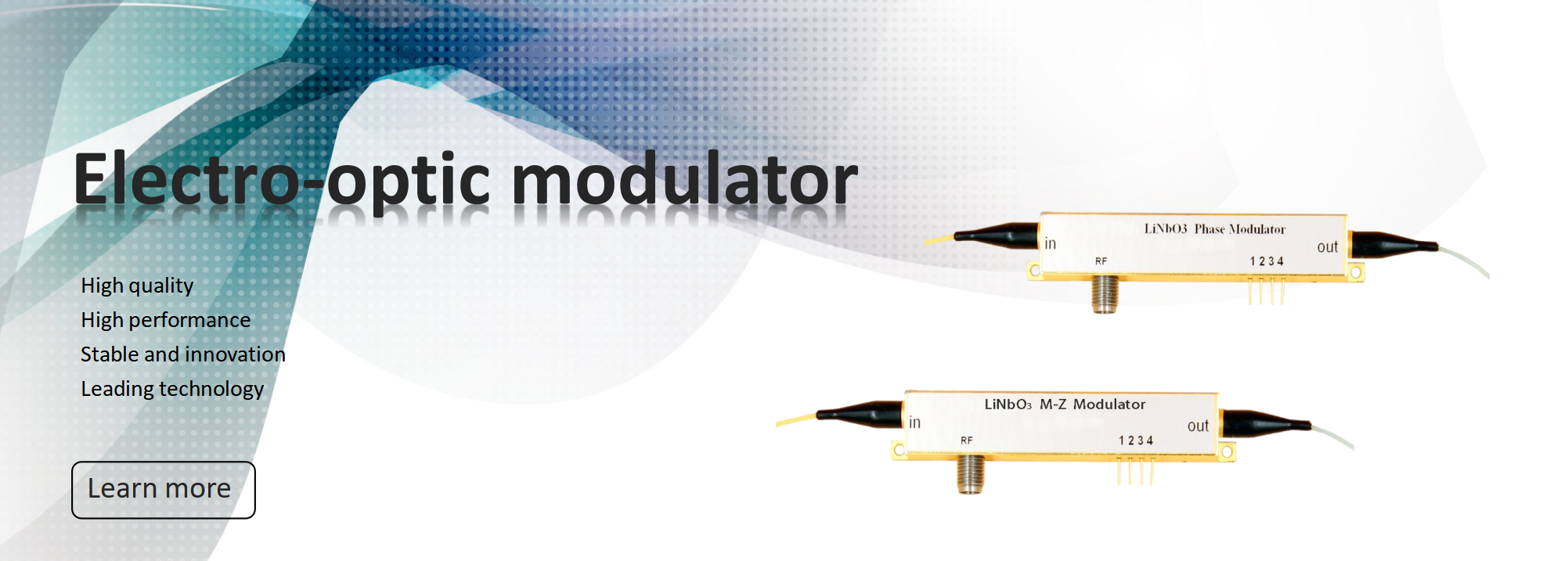
Rofea Optoelectronics our high-quality and advanced photonics and optoelectronics products
Rofea Product Catalog.pdf download Rofea Optoelectronics Our high-quality and advanced products: 1. Photodetector series 2. Electro-optic modulator series 3. Laser (light source) series 4. Optic...Read More -
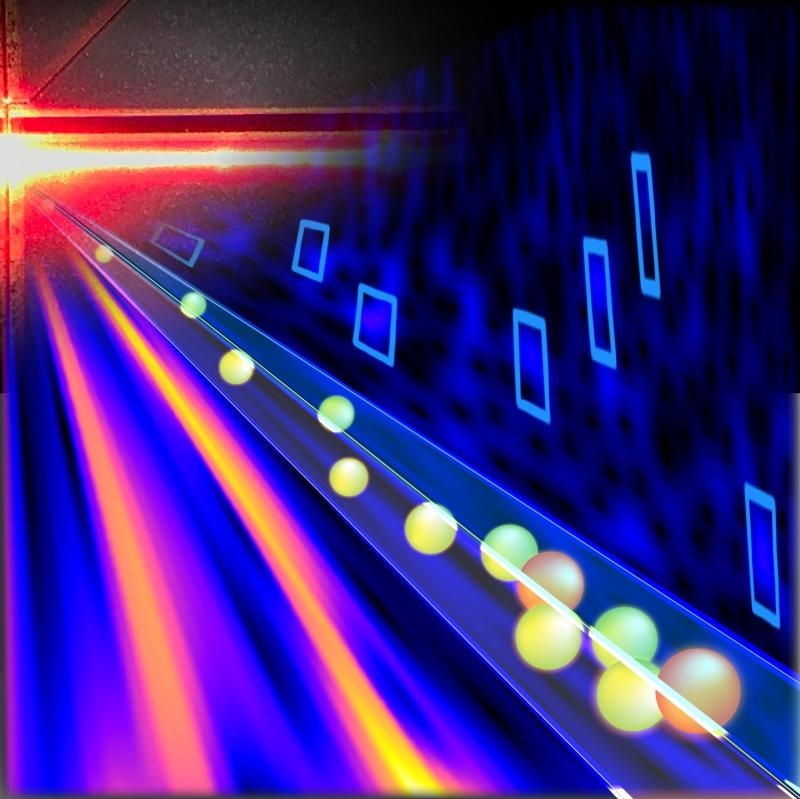
Black silicon photodetector record: external quantum efficiency up to 132%
Black silicon photodetector record: external quantum efficiency up to 132% According to media reports, researchers at Aalto University have developed an optoelectronic device with an external quantum efficiency of up to 132%. This unlikely feat was achieved by using nanostructured black silicon, ...Read More -
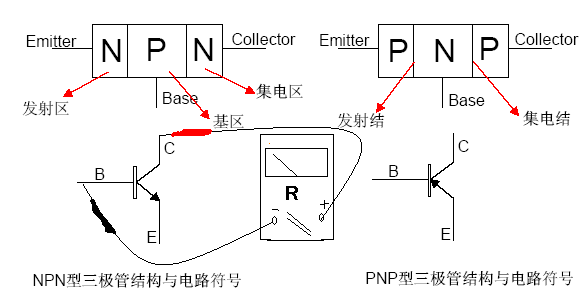
What is a photocoupler, how to choose and use a photocoupler?
Optocouplers, which connect circuits using optical signals as the medium, are an element active in areas where high precision is indispensable, such as acoustics, medicine and industry, due to their high versatility and reliability, such as durability and insulation. But when and under what circu...Read More -

The function of optical fiber spectrometer
Optical fiber spectrometers usually use optical fiber as a signal coupler, which will be photometric coupled to the spectrometer for spectral analysis. Due to the convenience of optical fiber, users can be very flexible to build a spectrum acquisition system. The advantage of fiber optic spectrom...Read More -
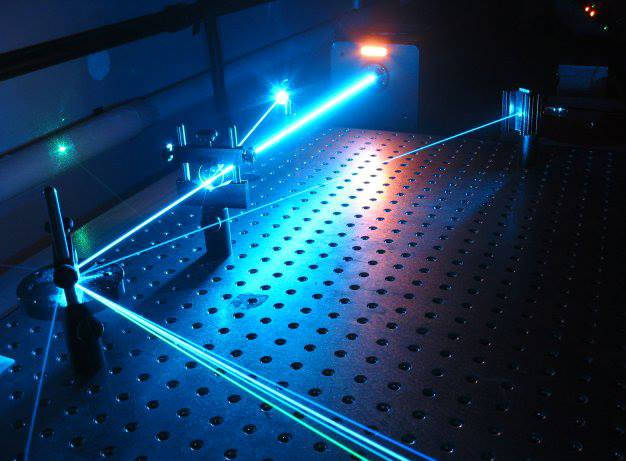
Photoelectric detection technology detailed part of TWO
Introduction of photoelectric testing technology Photoelectric detection technology is one of the main technologies of photoelectric information technology, which mainly includes photoelectric conversion technology, optical information acquisition and optical information measurement technology an...Read More -
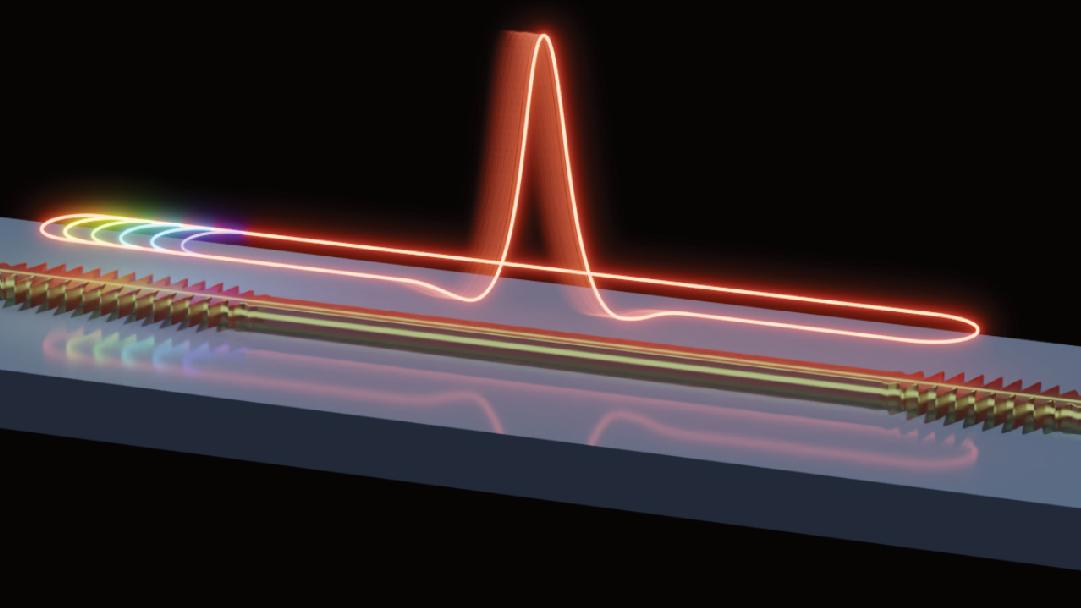
Photoelectric detection technology detailed part of ONE
Part Of ONE 1, the detection is through a certain physical way, distinguish the number of measured parameters belong to a certain range, in order to determine whether the measured parameters are qualified or whether the number of parameters exists. The process of comparing the unknown quantity me...Read More -

What is a cryogenic laser
What is a “cryogenic laser”? In fact, it is a laser that needs low temperature operation in the gain medium. The concept of lasers operating at low temperatures is not new: the second laser in history was cryogenic. Initially, the concept was difficult to achieve room temperature operation, and ...Read More -
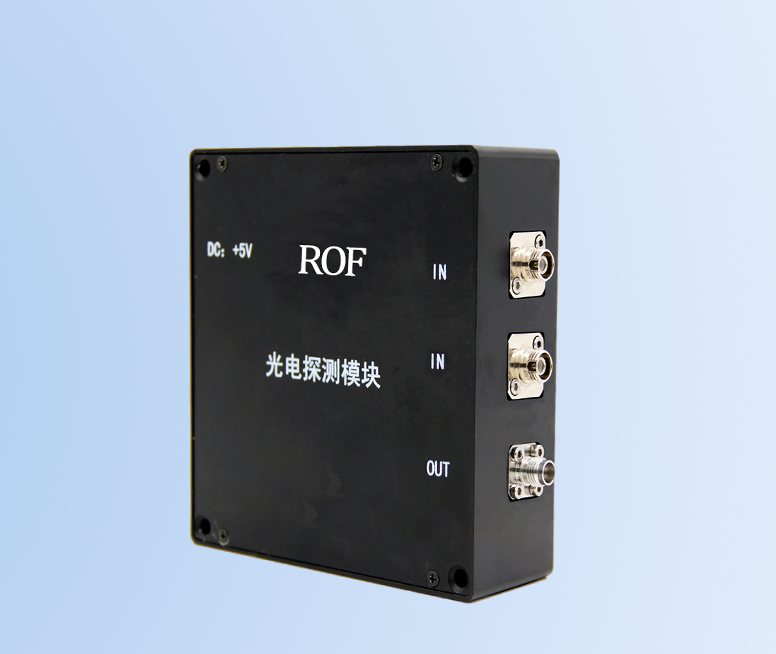
Quantum efficiency of photodetector breaks theoretical limit
According to the physicists organization network recently reported that Finnish researchers have developed a black silicon photodetector with an external quantum efficiency of 130%, which is the first time that the efficiency of photovoltaic devices exceeds the theoretical limit of 100%, which is...Read More -
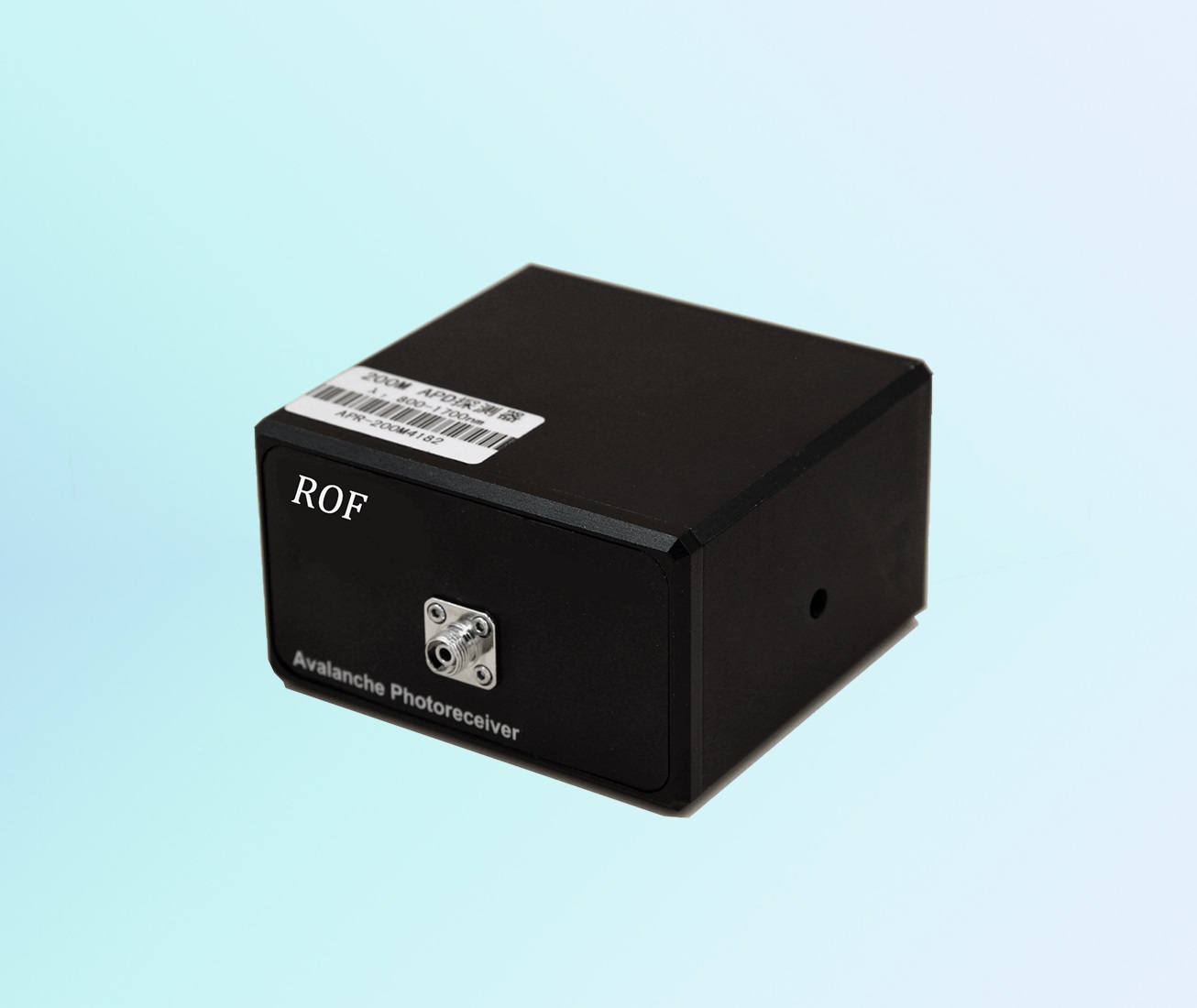
The latest research results of organic photodetectors
Researchers have developed and demonstrated new green light absorbing transparent organic photodetectors that are highly sensitive and compatible with CMOS manufacturing methods. Incorporating these new photodetectors into silicone hybrid image sensors could be useful for many applications. These...Read More -
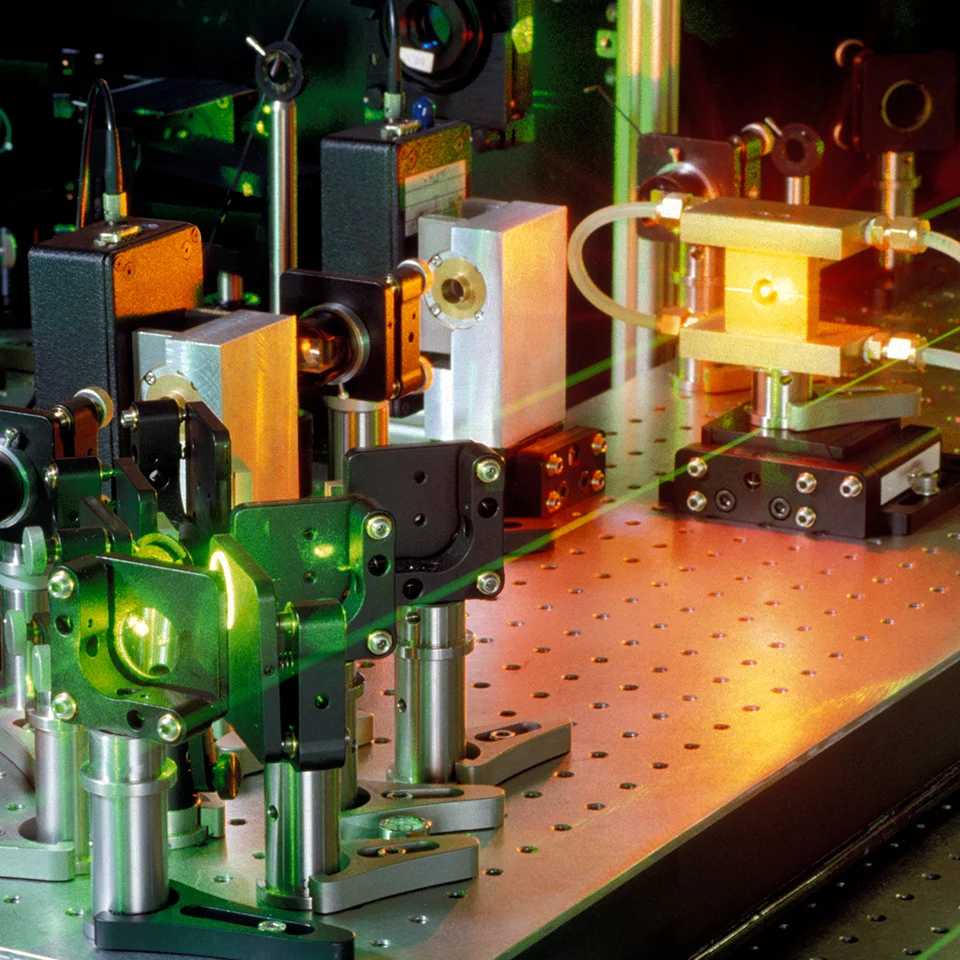
Infrared sensor development momentum is good
Any object with a temperature above absolute zero radiates energy into outer space in the form of infrared light. The sensing technology that uses infrared radiation to measure relevant physical quantities is called infrared sensing technology. Infrared sensor technology is one of the fastest dev...Read More





